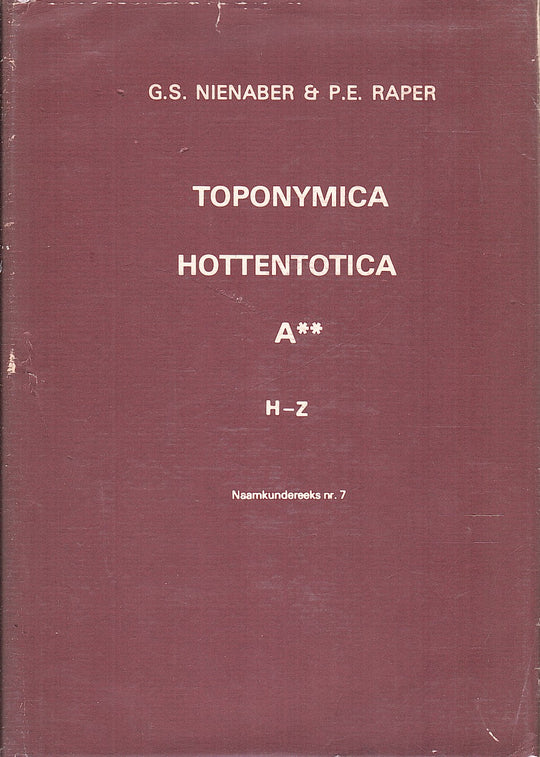Mûgorob
Different statements and legends that choose the word mu = see the first syllable for the first syllable. For the section that follows the ingredient, diverse suggestions are made to make the particular natural phenomenon's inland name meaningful. There are Seifs legends with a political impact. The alternative name in the Volksmond for this formation is 'the finger of God'. Of course, the alternative name does not apply to the farm Mukorob No. 14 on which the 'finger' lies and upward. We believe there is a simpler statement for the second component, the -korob. On the thought we came by looking at the name of a well-known leader of the Ikarakhoen or Fransmans: Eikorop. His name is translated with brass, and after him the ikarakhoen is also called the people of Simon Koer. This eikorop is not like Nama ╪ei- = foot (Rest 1960 DNW 24), but as Nama = ╪ Ei- = 'KUPFERPERLE' (RANT 47). The 'foot' is translated from the member -Korop, such as Nama Igoro- = 'Der Fussknochel, der single' (Kr.- R. 1969 NW 128), foot joint. It wants that 'brass' is literally translated from Simon from Ei-Corop. And we believe that in Mukorob the slot member -Koro-B is the same word for 'ankle', and that such a comparison arises, with which the Mukorob, as 'running leg', seizes, surprising well. Also Kora knows 'single' as Igoro, cf. Hott 266. With MU- we do not know any other advice than to connect it in some way with MU = see, look. The stand-alone finger clip, a striking remnant of the weathered mud layers, a remnant that is clearly waiting for the moment to pour down, looks at his thin point indeed like the foot's ankle. 'Look (MU), the single (Igoroba)ǃ', One can effortlessly payable.




